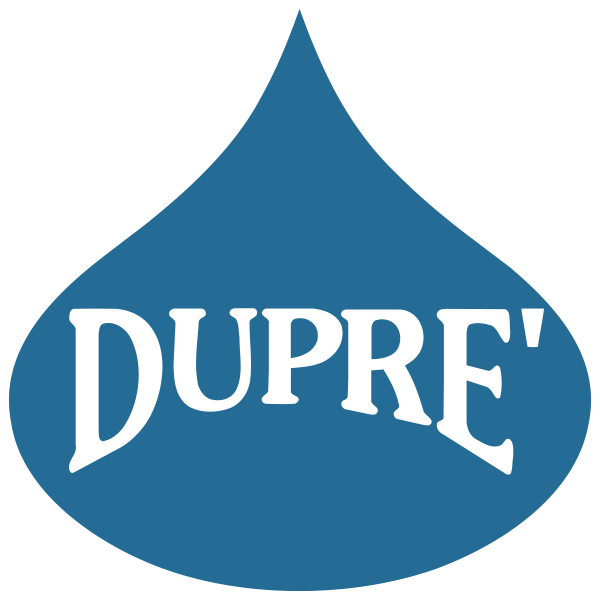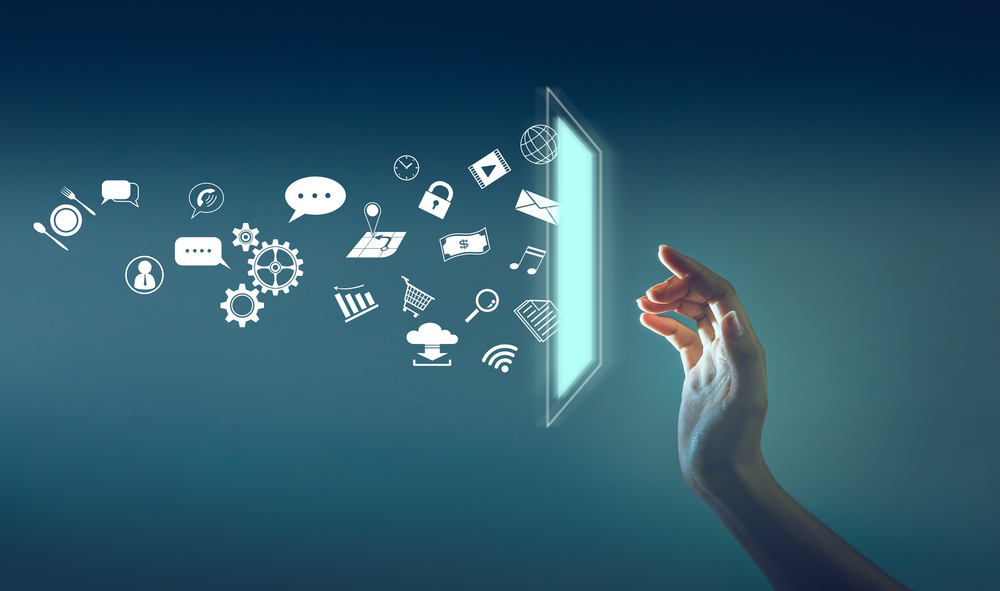When it comes to improving safety and changing the way vehicle logistics are managed, the internet of things (IoT) and vehicle-to-everything (V2X) technology are working together to provide sophisticated supply chain management solutions which go far beyond typical ELD applications.
These networks of technology improve safety in numerous ways. Common applications include monitoring drivers’ health, assisting with lane changes, and passing important information between a vehicle and an entity on the road, i.e. a traffic light, crosswalk, or other signs.
IoT In A Nutshell
With broadband internet becoming more widely available, the growing ubiquity of smart devices with internet access is creating an environment which allows for the “Internet of Things” to prosper. In simple terms, this means that devices with internet access are able, and more likely than ever, to connect to one another to create an integrated online experience. This technology trend has some exciting applications for the world of supply chain management and is a catalyst for the rapid adoption of V2X technology.
V2X Summed Up
While vehicle-to-everything technology has been around for some time, recent advancements in IoT technology have begun to quickly evolve associated technology, such as V2X. In essence, V2X technology allows vehicles to communicate with entities on the road and anything in the environment which may affect it. V2X technology can be broken up into a few important subcategories:
- V2V – vehicle-to-vehicle: provides communication channels for vehicles to interact with one another on the road, helping to reduce traffic congestion and collisions.
- V2I – vehicle-to-infrastructure: allows vehicles to communicate with roadway infrastructure like traffic lights with applications focused on ensuring intersection safety and speed management.
- V2P – vehicle-to-pedestrian: enables pedestrians and bicyclists to communicate in a V2X environment by sending real-time updates and alerts to drivers.
- V2C – vehicle-to-cloud: increases security by allowing drivers and companies to enable security authentication in applications and tracking devices. This feature can also help determine the most efficient route based on traffic patterns and real-time traffic monitoring.
- V2G – vehicle-to-grid: the system of restoring energy to a grid as vehicles charge, which allows the untapped energy to be used as a source for other outlets.
5G Solutions For Improved Network Capabilities
With all of the benefits that IoT and V2X technologies provide, there has been one major hurdle which has affected widespread adoption in the transportation industry: limited network capabilities. Fortunately, the advent of fifth-generation cellular network technology (5G) addresses this issue and has exciting implications for the world of transportation and supply chain management. With lower latency, higher capacity and increased reliability, 5G’s introduction into existing network architecture greatly enhances IoT connectivity and facilitates V2X integration. This allows for instantaneous, real-time communications between drivers, infrastructure, and supply chain managers so that shipments can be tracked, routes easily managed and services improved across the board.
While 5G technology is still a relatively new technology, the potential impact on the world of transportation and supply chain management is profound. Many 3PL companies are keeping a close eye on the development of the technology and looking to implement it into existing network structures as soon as possible.
What Does This Mean For Truck Transportation And Logistics?
These advances in technology have arrived at a crucial time for the trucking industry. The adoption and integration of IoT and V2X technology provides sophisticated logistics solutions which result in more efficient supply chain management applications. IoT and the accessibility of associated technology are increasing efficiency in fuel and communication. With all tracking, recording and planning in one virtual location, workers can focus on delivering their products effectively. Keeping all leaders, employees and customers safe, satisfied, and informed is what fleets are working towards, and V2X is helping to make those connections.
Dupré Logistics primarily uses IoT and V2X technology to help tackle troubles with ELD compliance for our crude oil division. In the past, drivers have experienced issues with network coverage as they traveled to remote destinations making reliable hours of service recording troublesome. However, by using AT&T’s Fleet Management system, Dupré drivers’ hours of service are automatically logged as they transport shipments to their destinations and then backed up to a cloud once they reach an area of network coverage. This means drivers can do their jobs unencumbered from the hassle of manual log entry, and Dupré can focus on providing cost-effective driver management and supply chain solutions.
IoT and V2X are not the only technologies playing a pivotal role in supply chain management. To read more about the impact of technologies like radio-frequency identification (RFID) and driver assisted truck platooning (DATP) on supply chain management, please view here.
Dupré Logistics is a privately held, asset-based provider of transportation and logistics services that include energy and chemical transport, dedicated truck transportation, site logistics, and freight brokerage. We specialize in tanker, hazmat, and petrochemical transportation and complex supply chain solutions in industrial and consumer products. Visit www.duprelogistics.com for more information.

